The natural world operates on remarkable schedules, with few phenomena as captivating as the annual appearance of certain bird species in specific regions. For many bird enthusiasts and casual observers alike, there’s something magical about species that grace our landscapes for brief periods before disappearing again for months on end. These seasonal visitors—from the magnificent Arctic terns that travel pole to pole to the colorful warblers that brighten spring woodlands—follow ancient patterns driven by biological imperatives and environmental cues. Their fleeting presence tells a story of adaptation, survival, and the intricate balance of global ecosystems. Understanding why some birds make only annual appearances offers insight into not just avian behavior, but also the complex interplay between creatures and their ever-changing environments.
The Migration Imperative
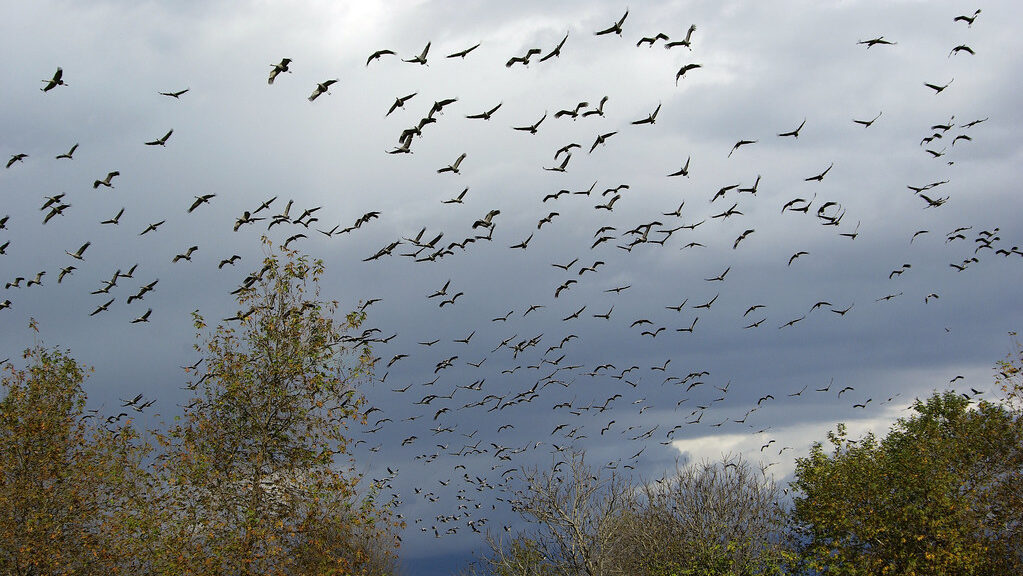
Migration represents one of nature’s most impressive phenomena, with billions of birds embarking on journeys spanning thousands of miles each year. These epic travels are not undertaken lightly but are driven by the fundamental need to secure optimal conditions for survival and reproduction. For many species, their breeding grounds offer abundant food and nesting opportunities during specific seasons but become inhospitable during others. The Arctic tundra, for instance, provides rich insect populations and extended daylight hours for feeding during summer months but transforms into a frozen landscape incapable of supporting these same birds in winter. By visiting certain regions only once annually, birds effectively follow resource availability across continents, maximizing their chances of successful breeding and survival. This biological imperative to track seasonal resources makes annual visitation not just beneficial but essential for many species’ continued existence.
Seasonal Food Availability
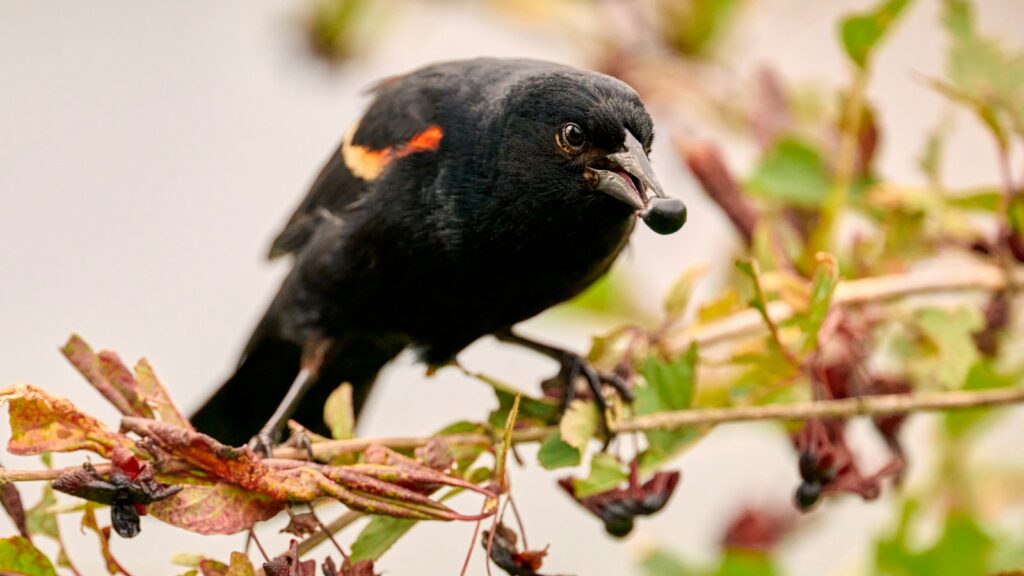
Perhaps the most compelling reason birds appear in certain regions only once a year relates directly to food availability cycles. Birds have evolved to synchronize their movements with seasonal food abundance, particularly during crucial life stages such as breeding and raising young. Insectivorous species like swallows and swifts arrive in temperate regions precisely when insects begin proliferating in spring, taking advantage of the protein-rich food source necessary for feeding nestlings. Fruit-eating species time their visits to coincide with ripening seasons of particular plants they depend on. The Bohemian waxwing, for example, appears in certain northern areas only when winter berry crops reach their peak. These specialized feeding requirements create narrow windows of opportunity in specific locations, explaining why many birds make their appearances with remarkable punctuality year after year, staying only as long as their preferred food sources remain available.
Breeding Season Considerations
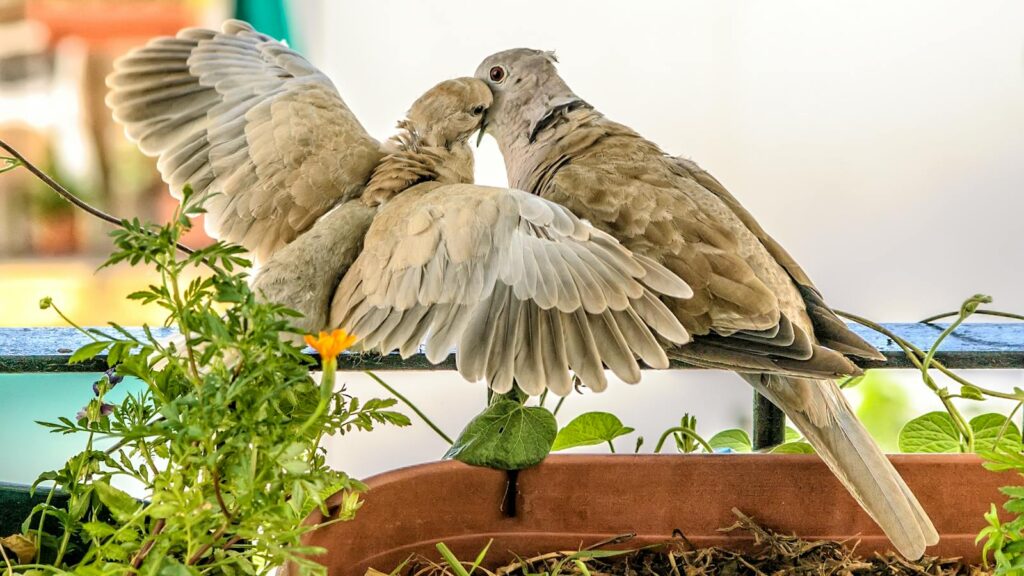
For many migratory birds, annual visits to specific regions are tightly linked to breeding cycles that require particular environmental conditions. These species have evolved to produce offspring in locations that offer optimal combinations of day length, temperature, habitat structure, and reduced predation pressure. The prothonotary warbler, for instance, returns to southeastern U.S. swamps and wetlands each spring specifically to nest in tree cavities over water, which helps protect their young from certain predators. Once breeding concludes and young have fledged, these specialized conditions are no longer necessary, prompting departure until the next breeding season. Additionally, many birds time their breeding to coincide with peak food abundance, ensuring adequate nutrition for fast-growing nestlings. This narrow window of ideal breeding conditions in specific locations explains why many species appear like clockwork for several weeks to months before disappearing again until the following year.
Climate and Weather Patterns
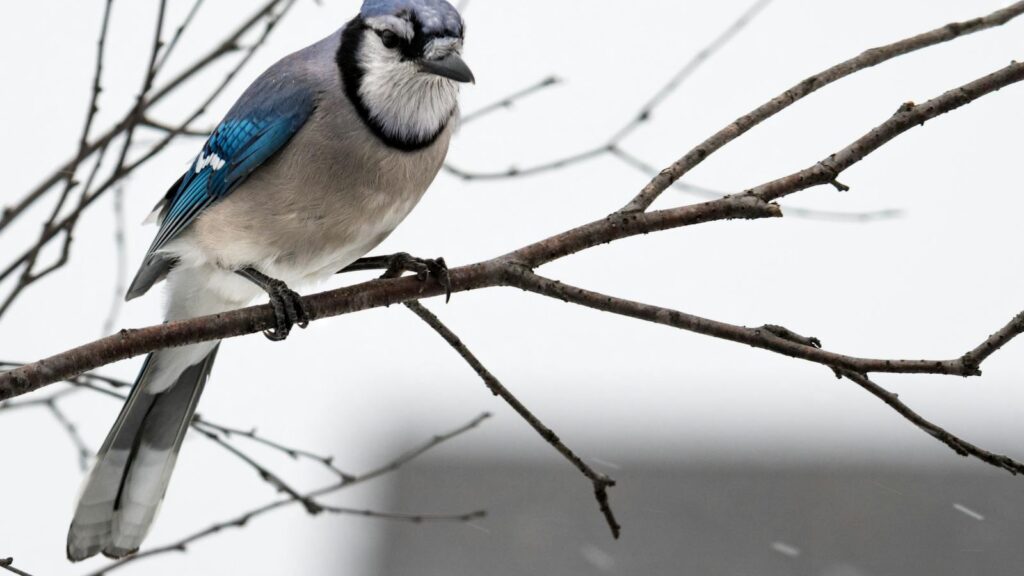
The annual movements of many bird species are intimately connected to global and regional climate patterns that create habitable conditions in different places at different times. Harsh winter temperatures in northern latitudes force birds southward as food sources disappear beneath snow and ice, while summer drought conditions in some regions may drive birds toward areas with more reliable water sources. Some species, like the rufous hummingbird, time their annual appearances to follow the blooming seasons of specific flowers as these progress across latitudes. Increasingly, scientists are documenting how climate change is altering these traditional patterns, with some species arriving earlier in spring or departing later in fall as temperature patterns shift. Weather extremes can also temporarily disrupt annual visitation patterns, with phenomena like storms or unusual temperature fluctuations sometimes delaying arrivals or triggering premature departures from regions birds typically visit on consistent annual schedules.
Ecological Triggers and Timing Mechanisms
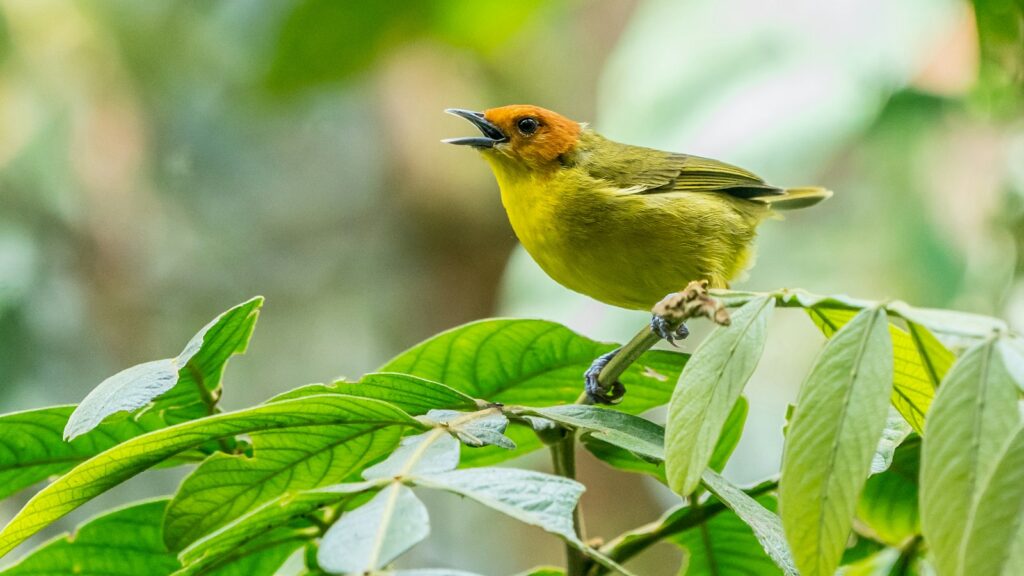
The precision with which many birds make their annual appearances suggests sophisticated biological mechanisms for timing these movements. Scientists have identified several key triggers that prompt birds to begin and end their visits to specific regions. Changing day length (photoperiod) serves as a primary cue, with birds’ endocrine systems responding to increasing or decreasing daylight by triggering hormonal changes that prepare them for migration or breeding. Some species also respond to subtle environmental signals like changes in barometric pressure, wind patterns, or even geomagnetic fields that help them determine optimal departure times. Fascinatingly, many birds possess an internal biological clock that helps them maintain annual rhythms even in the absence of external cues, a phenomenon known as circannual rhythmicity. These combined mechanisms explain why bird watchers can often predict almost to the day when certain species will make their annual appearance in specific locations.
Extraordinary Migration Journeys
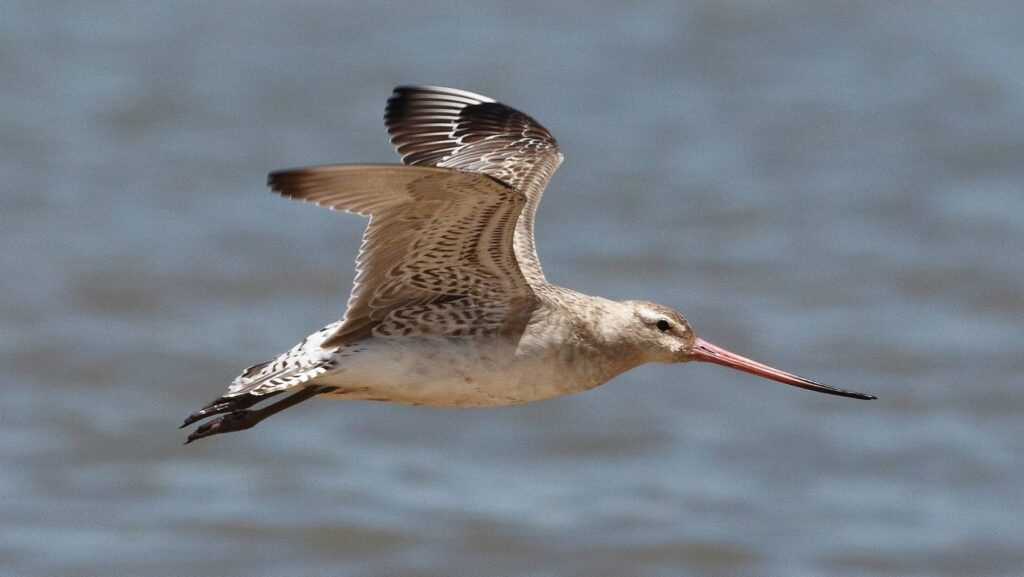
Some of the most remarkable annual visitors undertake migrations of staggering proportions that limit their presence in any single location to brief periods. The Arctic tern holds the record for the longest migration, traveling approximately 44,000 miles annually between Arctic breeding grounds and Antarctic feeding areas, spending just a few months in each region. Bar-tailed godwits fly non-stop for over 7,000 miles from Alaska to New Zealand, an eight-day journey without food, water, or rest that represents one of the most extreme endurance feats in the animal kingdom. The blackpoll warbler, weighing less than an ounce, flies continuously over the open Atlantic for up to 86 hours during its fall migration. These extraordinary journeys mean these birds are true annual visitors, appearing briefly in certain regions before continuing their global movements driven by the imperatives of survival and reproduction. The extreme energy demands of such migrations explain why these birds can only afford to visit certain regions during specific optimal periods each year.
Irruptive Species: The Unpredictable Visitors
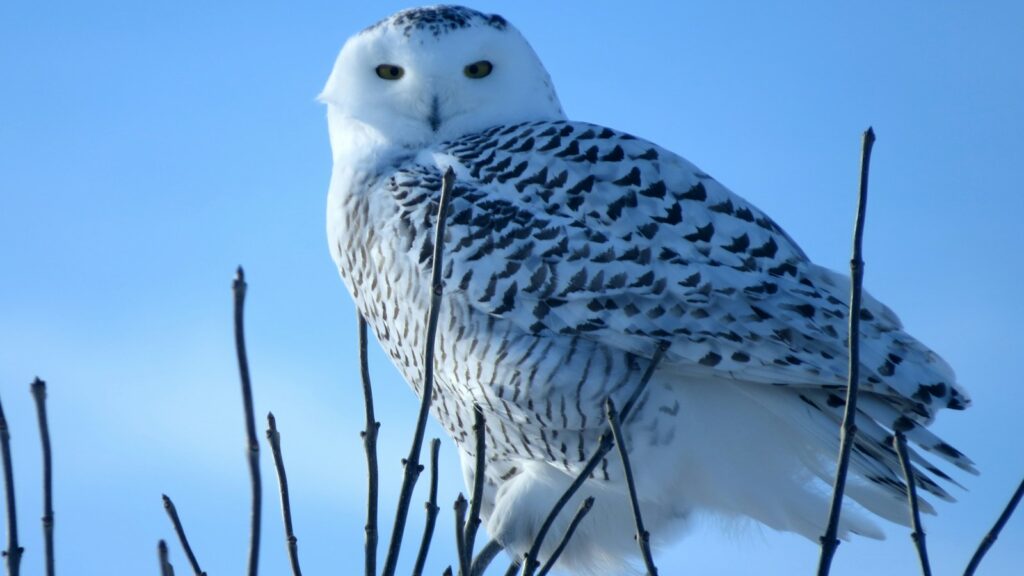
Not all annual bird visitors follow strictly predictable patterns, with some species known as “irruptive migrants” appearing in certain regions only during particular years when conditions align. These birds typically inhabit northern forests and depend on boom-and-bust food resources like conifer seeds or specific rodent populations. Snowy owls, for instance, may suddenly appear in significant numbers in the northern United States during winters when lemming populations crash in their Arctic homeland, forcing them to seek prey further south. Similarly, colorful pine grosbeaks and red crossbills may suddenly flood into regions south of their normal range during years when conifer seed production fails in their typical habitats. Unlike regular migrants with predictable annual schedules, these irruptive species might visit certain areas only once every few years, making their appearances particularly exciting for bird enthusiasts. Their movements demonstrate how some birds respond opportunistically to environmental conditions rather than following strict calendar-based migration patterns.
Stopover Ecology and Refueling Stations
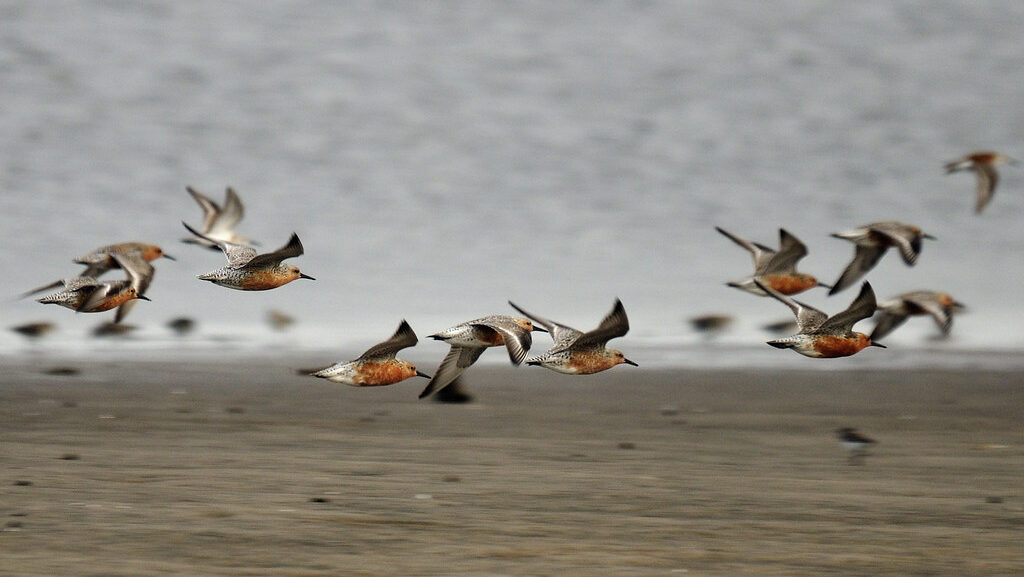
For many migratory birds, certain regions serve as critical stopover sites—temporary refueling stations visited briefly but crucially during their annual journeys. These locations often feature abundant but seasonally available resources that birds depend on to replenish energy reserves depleted during long-distance flights. The Delaware Bay on the U.S. Atlantic coast provides a perfect example, where thousands of red knots arrive precisely when horseshoe crabs spawn each spring, allowing the birds to feast on energy-rich eggs before continuing to Arctic breeding grounds. Similarly, specific wetlands across the Central Flyway host millions of sandhill cranes for just a few weeks each year as they fatten up on waste grain and invertebrates. These stopover locations may see massive bird populations for very brief periods—sometimes just days or weeks—before the birds move on, explaining why some species appear as if by magic and then vanish just as quickly, their annual visit complete until the following migration cycle.
Historical Range Changes and Population Shifts
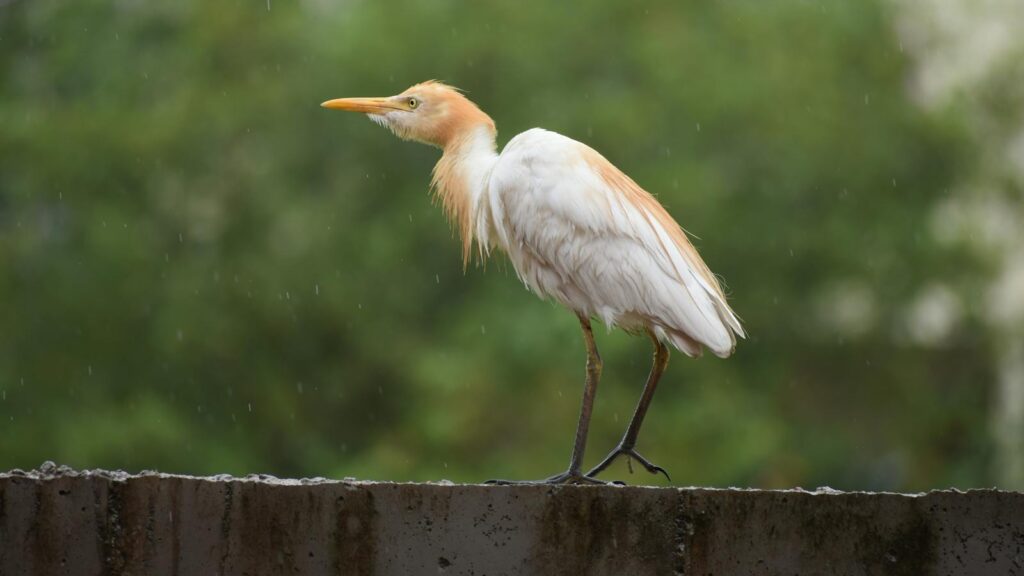
Bird visitation patterns have not remained static throughout history, with many species expanding, contracting, or shifting their ranges in response to environmental changes. The cattle egret offers a dramatic example, having naturally expanded from Africa across the Atlantic to South America in the early 1900s and subsequently spreading throughout the Americas, appearing in new regions as annual visitors where they were previously unknown. Conversely, some species that were once annual visitors to certain regions have disappeared entirely due to habitat loss or other pressures. The passenger pigeon, once darkening North American skies during seasonal movements, vanished completely by the early 20th century due to overhunting and habitat destruction. Today, climate change is driving substantial shifts in annual visitation patterns, with some traditionally migratory species becoming year-round residents in regions that have become milder, while others push their ranges northward, appearing as new seasonal visitors in areas where they were previously absent.
Cultural Significance of Annual Avian Visitors

Throughout human history, the predictable annual appearance of certain bird species has taken on profound cultural significance in societies worldwide. The return of swallows to Capistrano in California became so celebrated that it spawned festivals, songs, and tourism centered around their March arrival each year. In Japan, the first call of the uguisu (Japanese bush warbler) traditionally signals the arrival of spring and features prominently in poetry and cultural traditions. Indigenous cultures across continents have developed hunting practices, ceremonies, and folklore around the annual appearance of migratory birds that provided important food resources. These cultural connections underscore how deeply human communities have been attuned to the rhythmic appearances of avian visitors. Even today, bird festivals celebrating species like sandhill cranes, snow geese, and warblers draw thousands of visitors to witnessing locations during peak migration, demonstrating the continuing appeal of these annual avian phenomena in contemporary society.
Conservation Challenges for Annual Visitors

Birds that visit specific regions only once yearly face unique conservation challenges that require international cooperation and habitat protection across vast geographical areas. Unlike resident species that might benefit from localized conservation efforts, migratory birds depend on intact habitat networks spanning continents and hemispheres. The destruction of tropical wintering grounds can devastate populations even if breeding habitats remain protected thousands of miles away. Climate change poses particularly serious threats by potentially creating mismatches between birds’ arrival times and the peak availability of food resources they depend on. Light pollution along migration routes disorients night-flying migrants, while communication towers and glass buildings cause millions of collision deaths annually. Conservation efforts for these annual visitors increasingly focus on identifying and protecting key habitats along entire migratory pathways rather than just in breeding or wintering grounds alone. International agreements like the Migratory Bird Treaty Act and the Convention on Migratory Species represent crucial frameworks for protecting these global travelers that connect distant ecosystems through their annual movements.
Observing and Appreciating Seasonal Bird Visitors
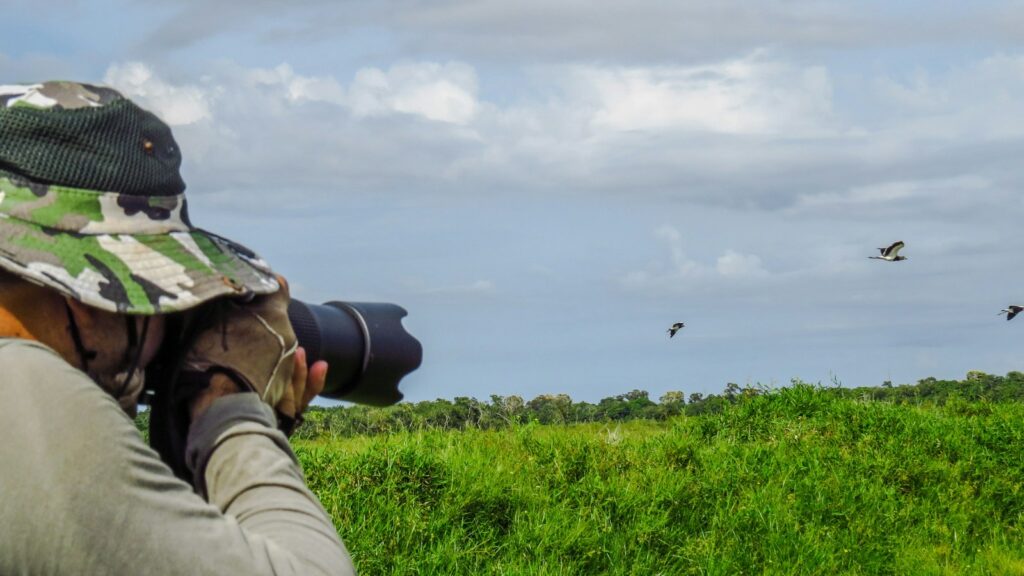
The fleeting nature of annual bird visitors creates special opportunities for observation and appreciation that differ from watching year-round resident species. Bird enthusiasts often mark their calendars for peak migration periods when certain species are expected to appear, sometimes traveling considerable distances themselves to witness spectacular concentrations at known hotspots. Timing becomes critical for observing these seasonal visitors, with successful sightings often requiring knowledge of specific habitats, behaviors, and even weather patterns that influence bird movements. Modern technology has revolutionized this pursuit, with smartphone apps allowing real-time reporting of rare sightings and databases tracking migration timing across years and locations. For beginners interested in experiencing these annual avian events, joining local bird clubs or guided walks during peak migration seasons offers excellent introduction opportunities. The ephemeral nature of these visits—knowing that a bird observed today may be hundreds or thousands of miles away tomorrow—adds a poignancy and urgency to these encounters that enhances their appeal for many nature enthusiasts.
Conclusion
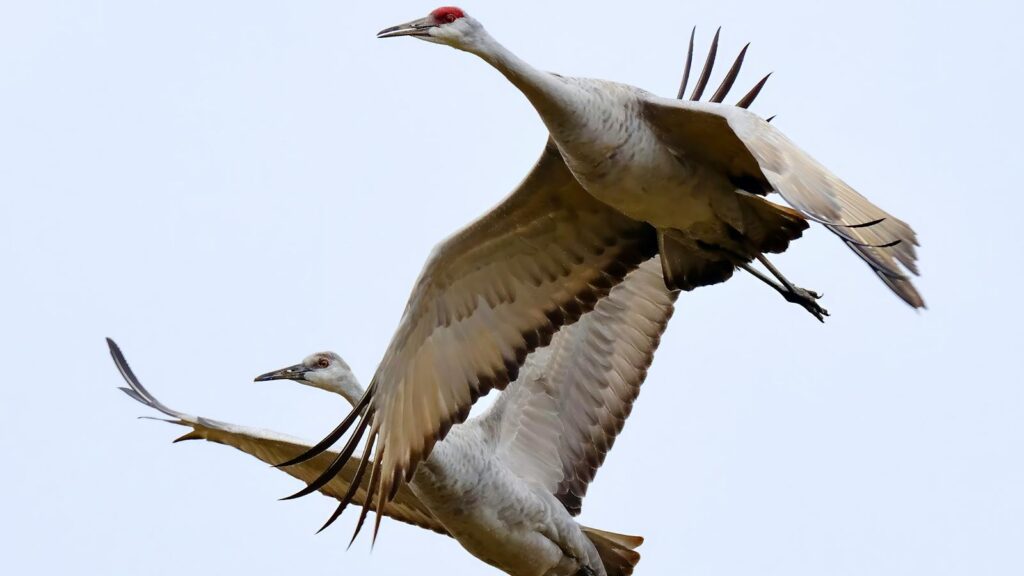
The phenomenon of birds that visit only once a year represents one of nature’s most elegant adaptations to a changing world. Through their annual journeys, these avian travelers connect distant ecosystems, transport nutrients and seeds across continents, and remind us of the intricate interdependence of global environments. As climate change and habitat loss increasingly threaten these ancient patterns, understanding and protecting the complex needs of migratory birds becomes ever more crucial. Whether it’s the first warbler of spring, the sandhill cranes of autumn, or the snowy owl’s winter appearance, these annual visitors offer not just ecological insights but moments of wonder that connect us to natural rhythms extending far beyond our local experiences. Their fleeting presence in our skies serves as both biological marvel and poignant reminder of the precious, often fragile connections that sustain life across our shared planet.
